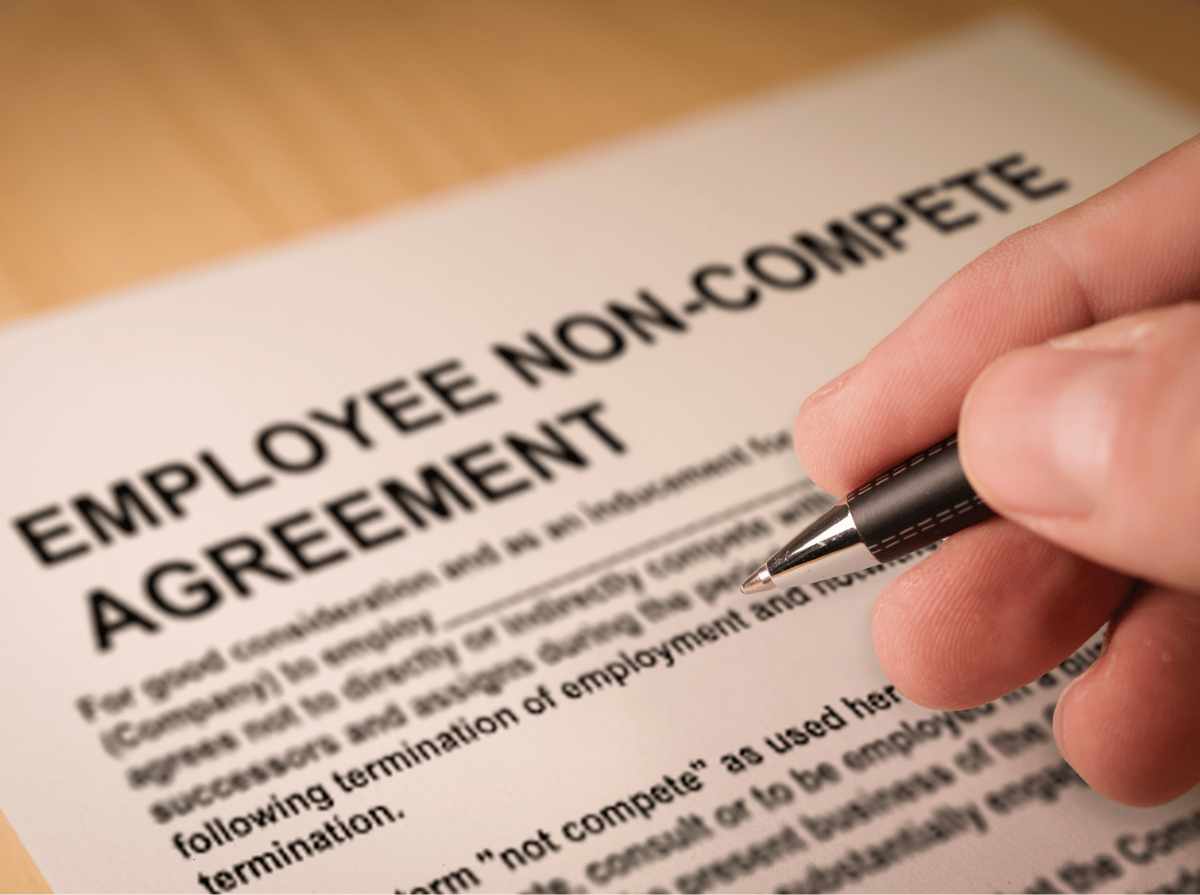When it comes to the information we produce for you all, we know that psychosocial safety is one of the least popular. Fair enough – it’s a big topic and it can feel very overwhelming when there is so much to do when leading a business.
Recently though, one of our clients was faced with a bullying complaint from an aggrieved former employee that resulted in a WorkSafe investigation that showed us that this area is very much in the spotlight when it comes to compliance that keeps your business and your people safe.
This WorkSafe inspection could be coming your way
The particular circumstances that triggered this WorkSafe inspection could occur in any business and our client has kindly agreed to share this information so that we can highlight the importance of delivering a psychosocially safe workplace.
Unbeknownst to the employer, the disgruntled ex-employee had put in a bullying claim directly to WorkSafe prior to having their employment terminated. As a result of the complaint by the now ex-employee, WorkSafe arranged an inspection of the site “to ensure the employers are meeting their obligation to provide a working environment that is, so far as reasonably practicable, free from risks to psychological health and safety.” (Note that they were an ex-employee – this did not put the brakes on an inspection!)**
Psychosocial hazards and WorkSafe
One of our HR Staff n’ Staff team were on hand to support the business through the inspection and WorkSafe provided a guide as to the key items of enquiry that would be covered during their visit. These included:
- What systems of work are in place to respond to allegations of psychosocial hazards such as bullying, including any grievance procedure and investigation process that you may use?
- What systems of work are in place to prevent bullying and other psychosocial hazards from occurring?
- How are psychosocial hazards such as bullying identified and reported?
- What training do employees receive to prevent bullying and other psychosocial hazards from occurring?
- What training do managers/supervisors undergo to help them identify and respond to psychosocial hazards?
- How are risks arising from psychosocial hazards monitored?
- How do you consult with employees in relation to health and safety?
Psychosocial safety - more than policies
Additionally, the WorkSafe Inspector needed to sight the following:
- Any policies or procedures in place that related to bullying and complaints management
- Induction documents that showed when they occurred and who had been in attendance. These needed to be signed by attendees as further proof of training.
- Further, proof that inductions were repeated every two years for every employee.
Under the spotlight
Following a conversation with the Inspector, our HR Professional learned that WorkSafe has a huge workload coming out of the psychosocial safety legislation and that every complaint is being followed up. Anyone found not to be delivering on any of the above (and that’s not a comprehensive list of items they might check!), may be found to be in breach of the law and PIN’s (Provisional Improvement Notices) and fines will be enforced.
We share this information not to scare you but to highlight the importance of compliance. The above is a snapshot of just one experience that relates to just one area that is considered under the legislation that requires employers to eliminate psychosocial risks, or if that is not reasonably practicable, minimise them so far as is reasonably practicable.
For clarity, common psychosocial hazards at work include:
- poor physical environment
- occupational violence and aggression
- bullying
- harassment, including sexual and gender-based harassment, and
- conflict or poor workplace relationships and interactions
- high job demands
- low job control
- poor support
- lack of role clarity
- poor organisational change management
- inadequate reward and recognition
- poor organisational justice
- traumatic events or material
- remote or isolated work
- harassment, including sexual and gender-based harassment, and
- conflict or poor workplace relationships and interactions
It’s simply not enough to have a policy in place, although that is an important piece of the puzzle. There are a lot of moving parts when it comes to proactively delivering a safe psychosocial workplace so if you need to review your current actions, get a plan in place to be compliant, avoid a visit from the WorkSafe Inspector or if you receive a visit, be in a position where fines are unlikely to be issued, please contact HR Staff n’ Stuff and get 2025 started in the right way.
**On a related but separate note, making a complaint is considered a workplace right, regardless of whether that complaint is raised within the business or with an external body. It is against the law to terminate an employee for exercising a workplace right. If the business had been aware of the complaint raised, it could have faced a General Protections claim and they would have had to disprove that the reason for the termination was for exercising a workplace right to make a complaint. If this had of occurred, contemporaneous notes about the reasons for the termination decision would have been critical.







